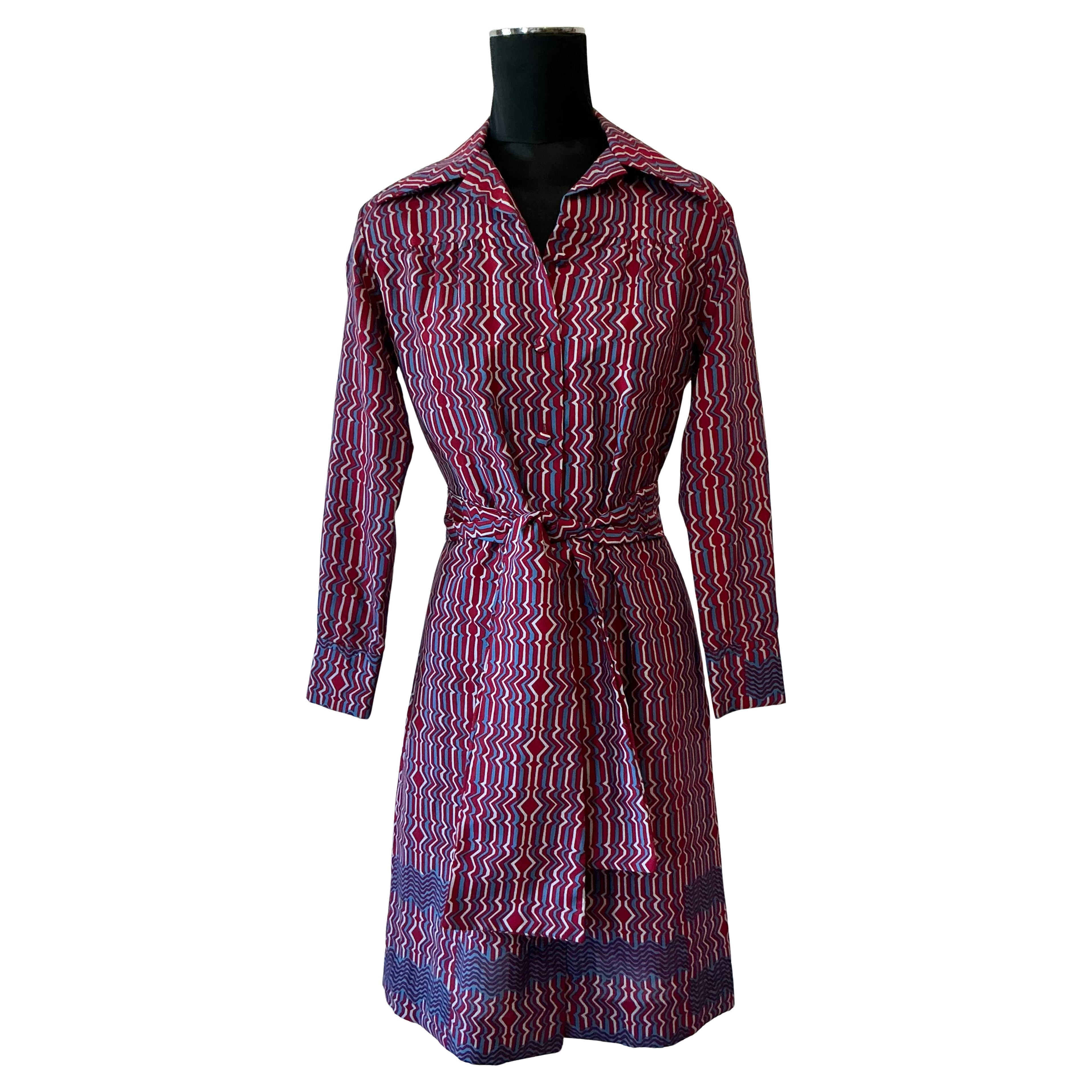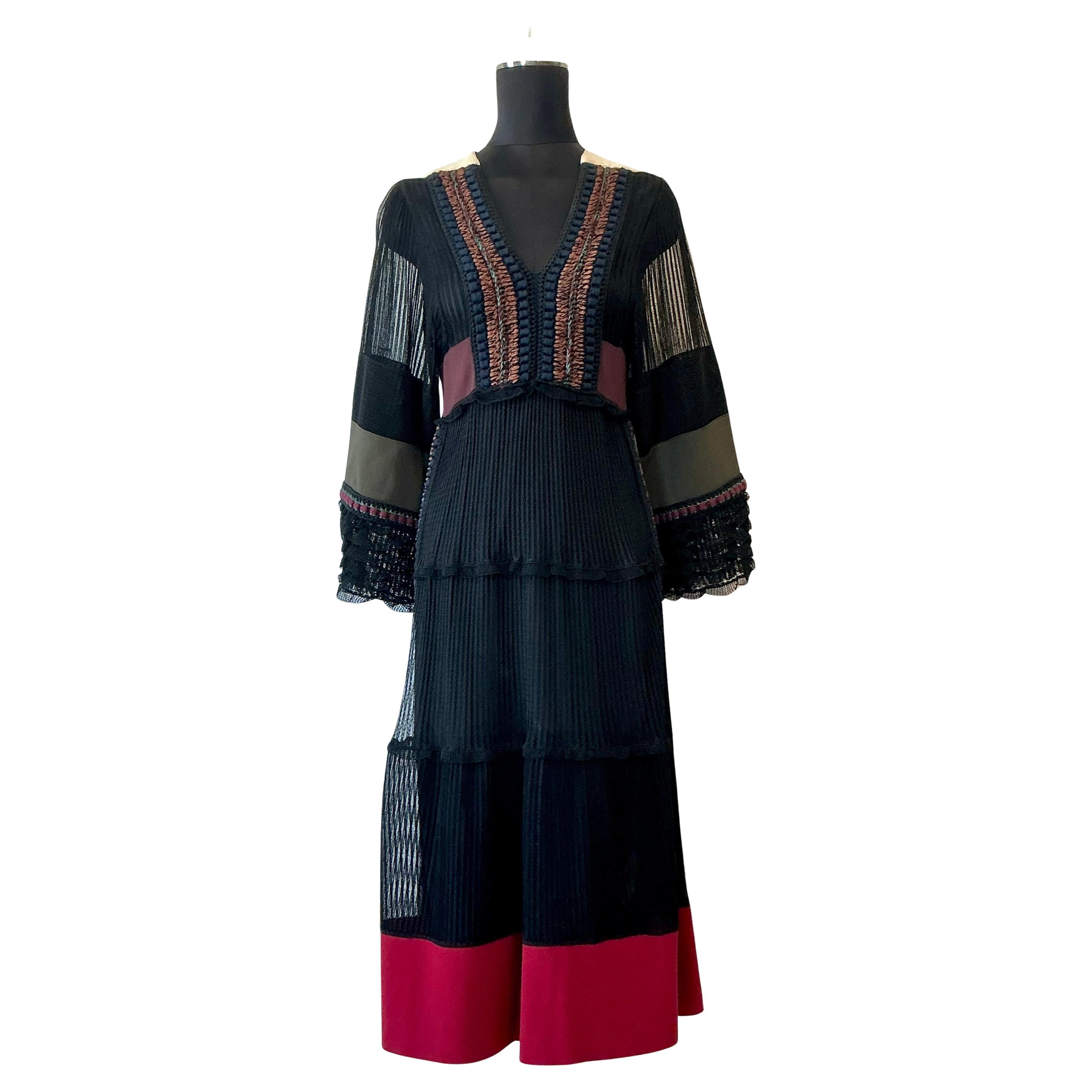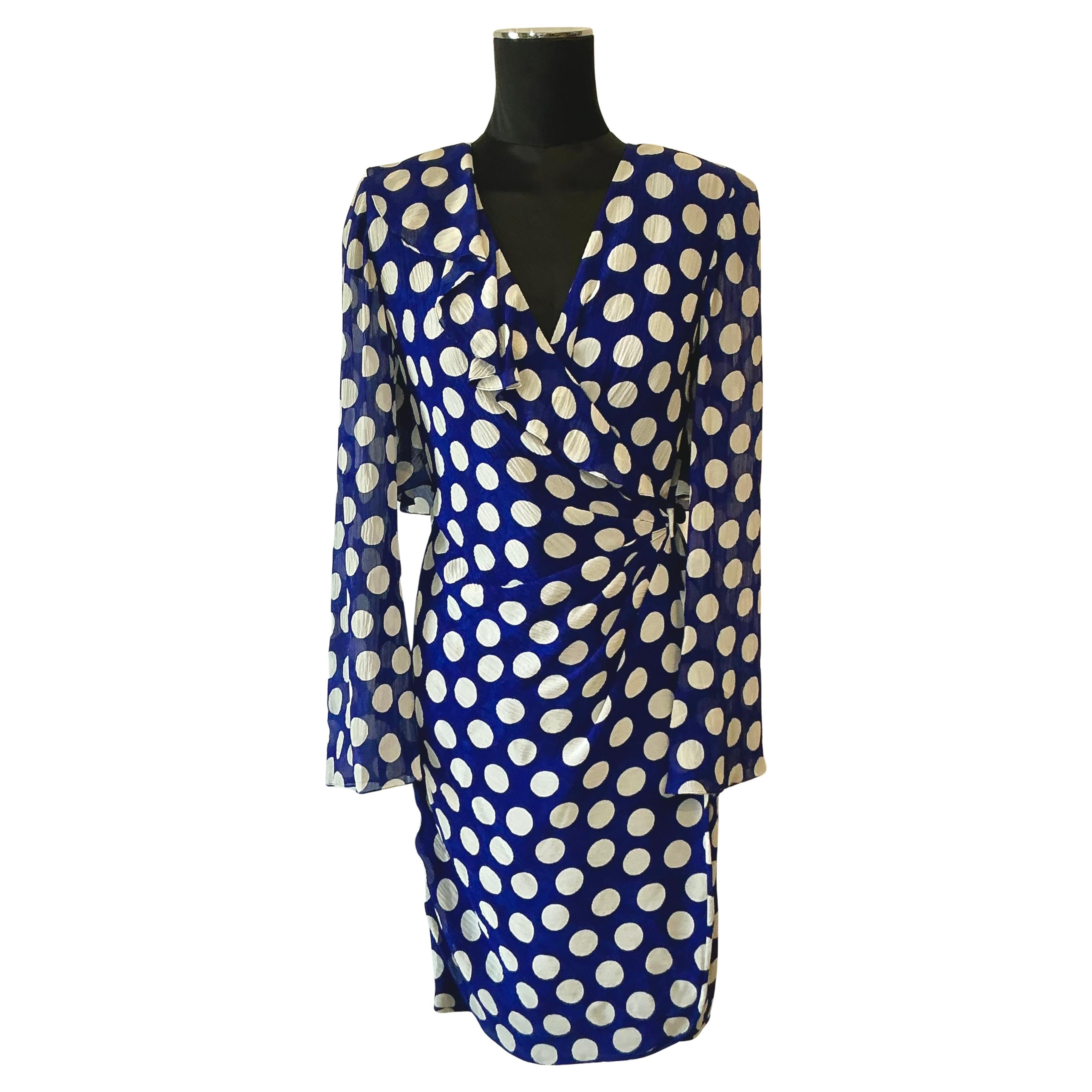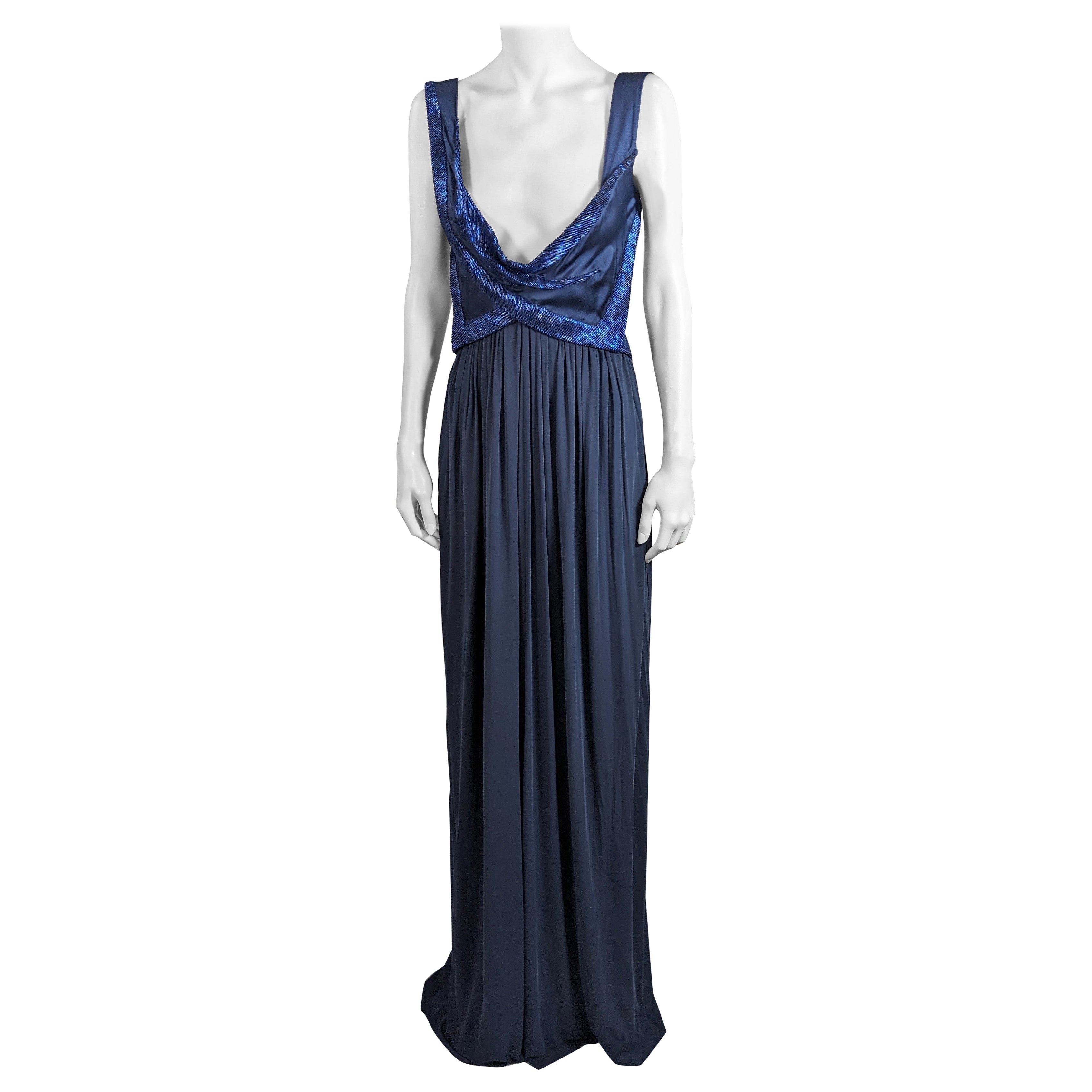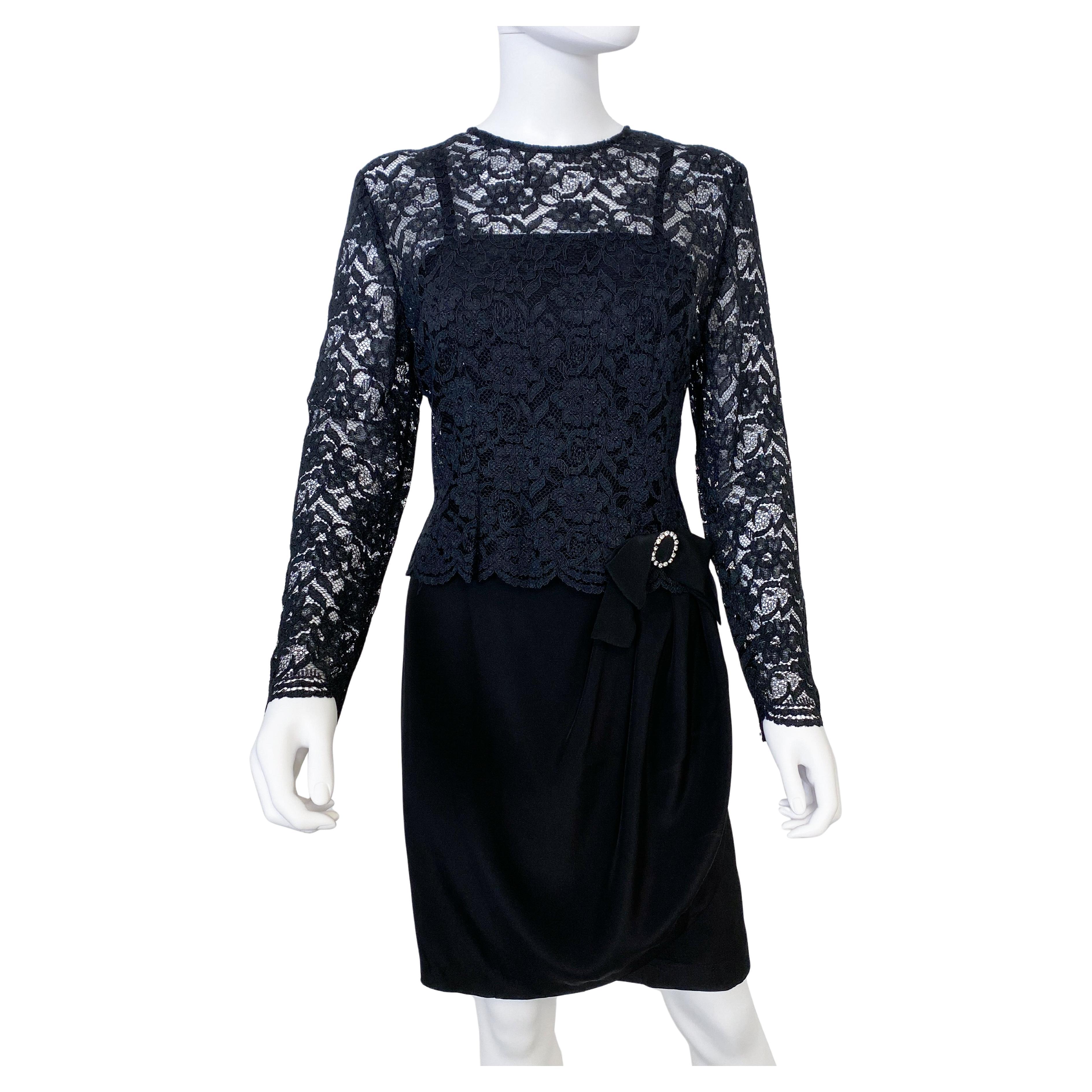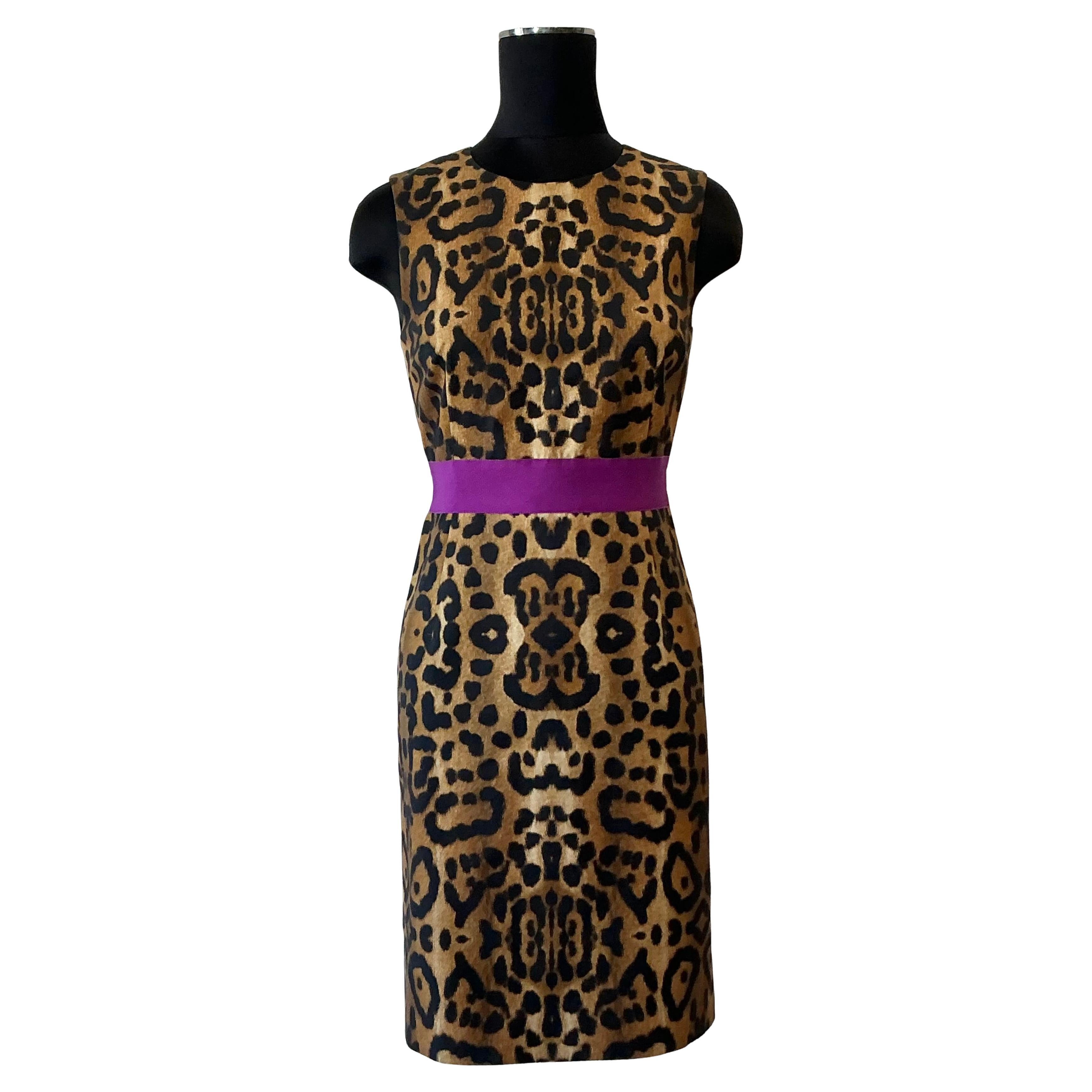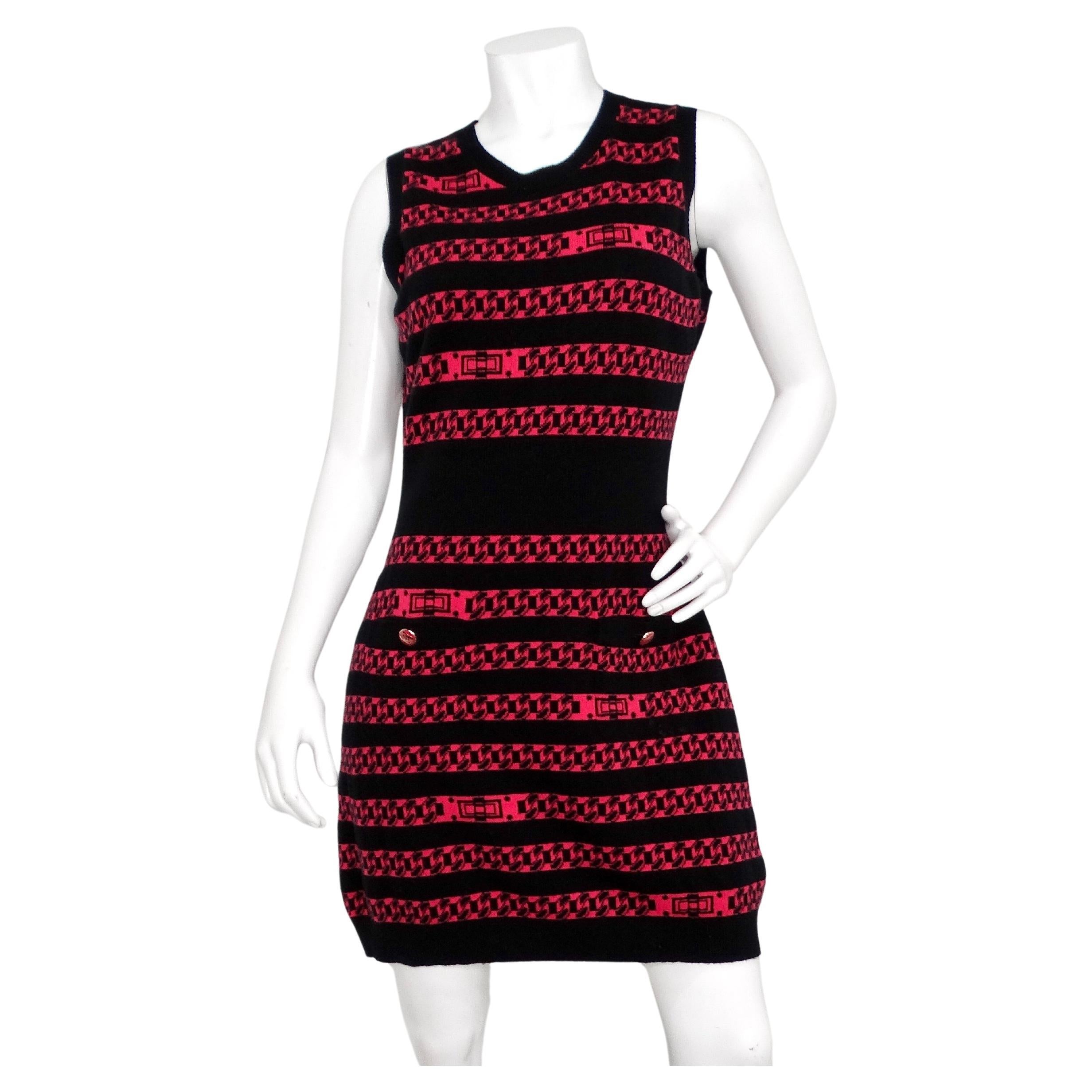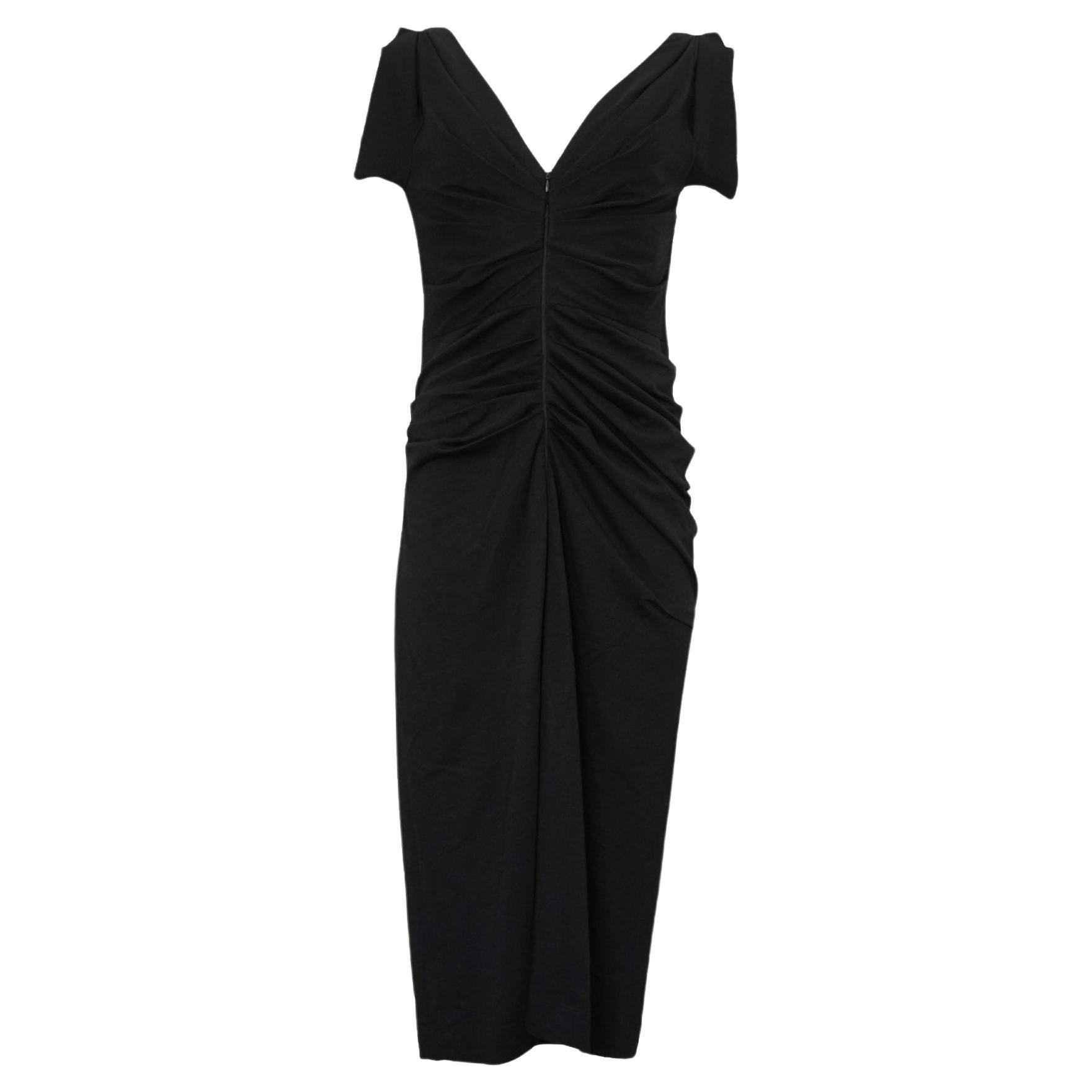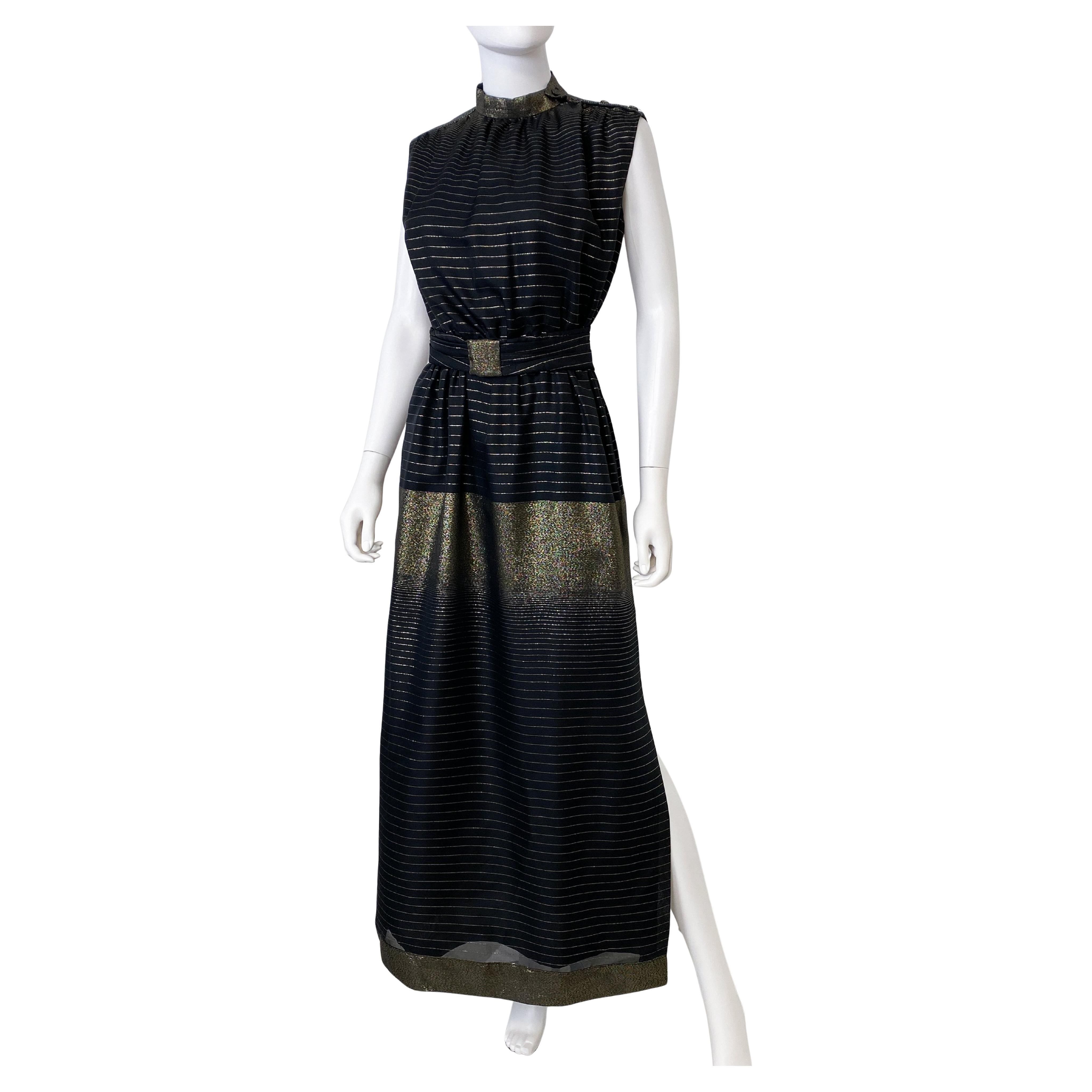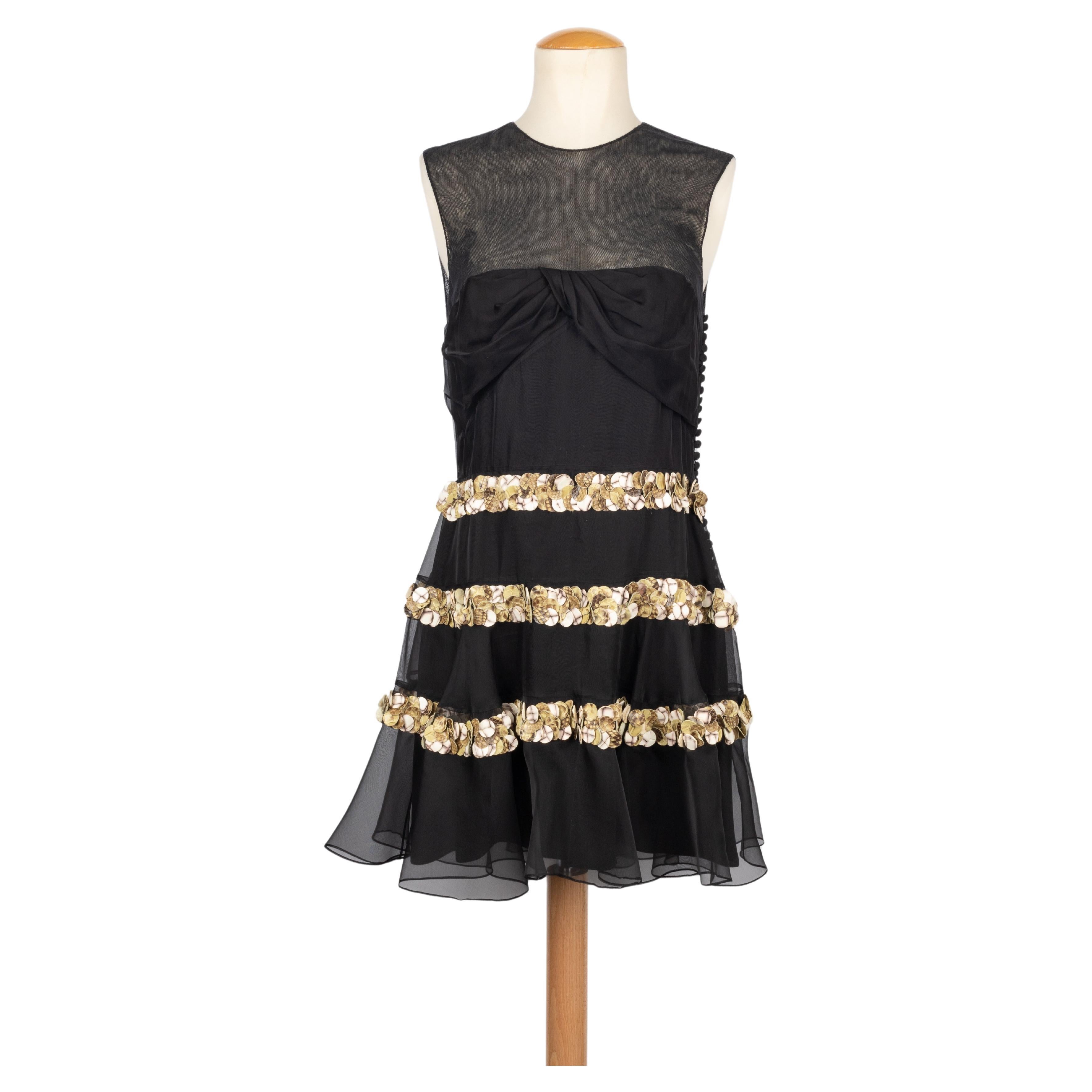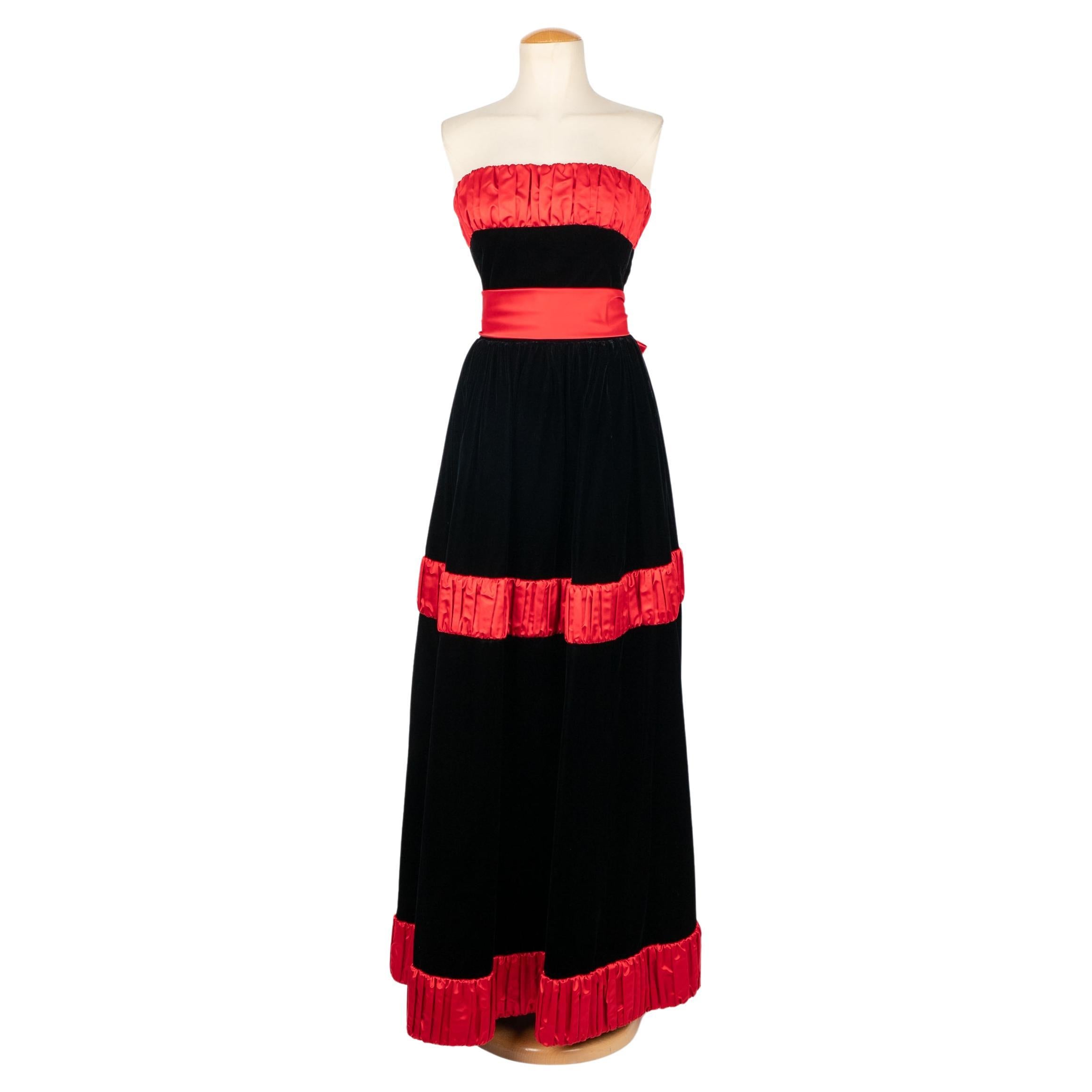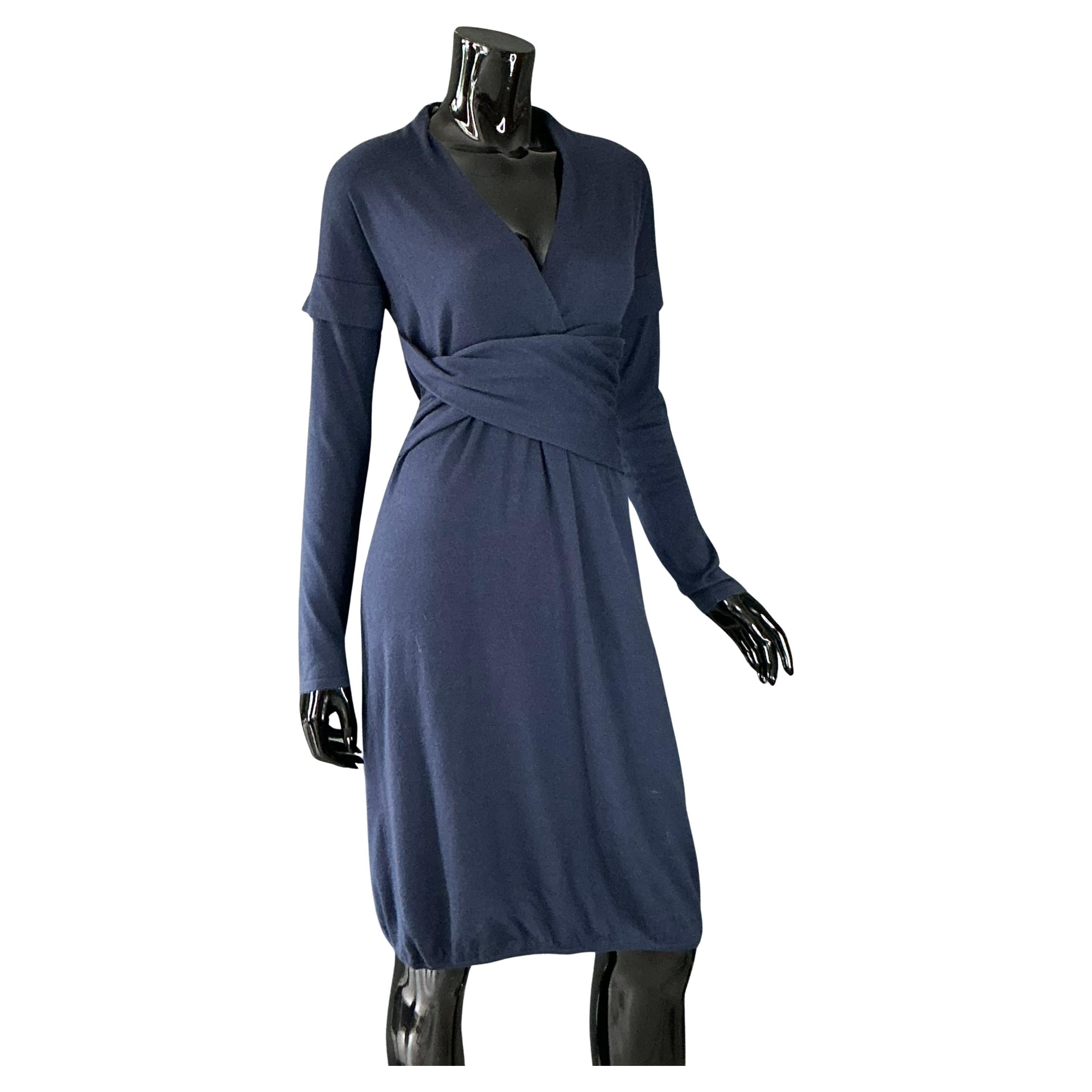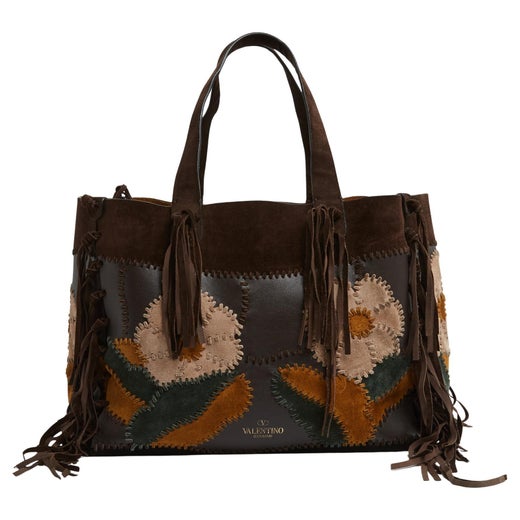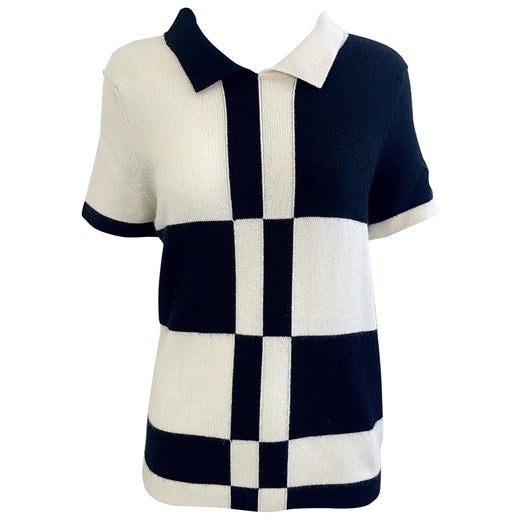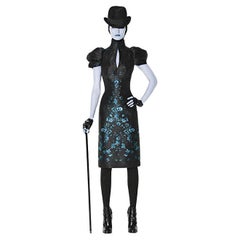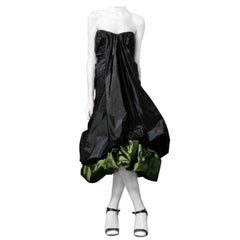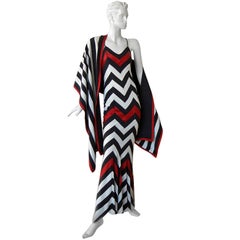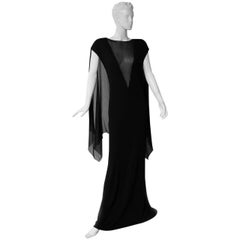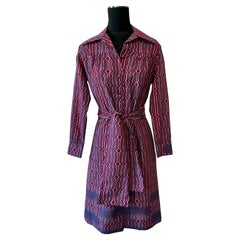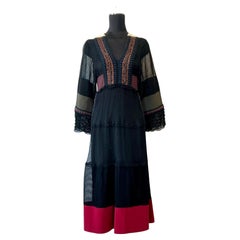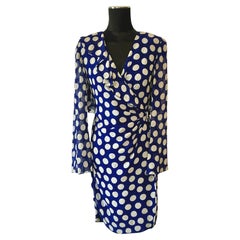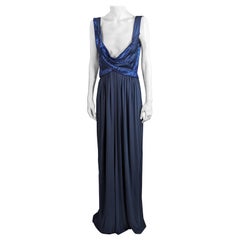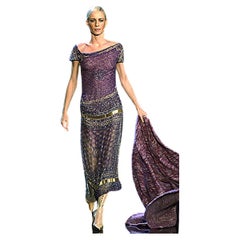
Valentino Hand Beaded Sari Silk Asymmetrical Evening Dress
View Similar Items
Valentino Hand Beaded Sari Silk Asymmetrical Evening Dress
About the Item
Valentino
The mononymously known Italian designer Valentino Clemente Ludovico Garavani (b. 1932) is renowned for his fashion house of romantic styles and feminine shapes that he founded in Rome in 1960. Valentino dresses, skirts and other apparel captured the hearts of many of Italy’s wealthiest ladies in the couturier’s early days and led to commissions from Babe Paley, Gloria Guinness, Jayne Wrightsman and others on the international best-dressed list (when it still meant something). They sought out Valentino for gorgeous gowns, jackets, elegant daytime wear and even when they needed wedding dresses.
An early fascination with fashion developed when Valentino attended the theater as a child and was dazzled by the evening gowns on stage. While a teenager in Voghera, Lombardy, he studied under Italian designer Ernestina Salvadeo and soon moved to Paris, where he trained at the École des Beaux-Arts and the Chambre Syndicale de la Couture Parisienne. Valentino spent time apprenticing under haute couturiers Jean Dessès and Guy Laroche, learning how to design and construct high fashion while also thinking about how to strike out on his own.
In 1959, Valentino returned to Italy, and a year later, he opened his own salon, soon joining with longtime professional and personal partner Giancarlo Giammetti. It was located on Rome’s trendy Via Condotti and modeled after the French maisons. One of his earliest clients was Elizabeth Taylor, who discovered Valentino while she was in Rome filming Cleopatra and ordered the white dress that she wore to the premiere of Spartacus.
When the designer launched his first couture line in 1962 with its fiery red colors, it was internationally celebrated, with Valentino soon attiring fashion trendsetters including Princess Margaret and Audrey Hepburn. He formed an especially close friendship with Jacqueline Kennedy Onassis, for whom he designed numerous dresses. Luxurious drapery with fine needlework, bold uses of color and dramatic flourishes would define Valentino fashion across the decades.
As a fashion house, Valentino is best known for its signature Valentino Red color, though one of its iconic lines is the monochromatic “no colour” collection for which the designer won the Neiman Marcus Award in 1967. (The collection also debuted his trademark “V.”) The white dresses and beige dresses led to a demand for Valentino wedding gowns, with clients including Elizabeth Taylor, Jennifer Lopez and Anne Hathaway.
Valentino retired from his fashion empire in 2007, with Alessandra Facchinetti and then the duo Maria Grazia Chiuri (who departed in 2016) and Pierpaolo Piccioli succeeding him as creative directors. But Valentino still steps out of retirement for special occasions, such as designing a wedding gown for Princess Madeleine of Sweden in 2013.
Today, the brand offers a range of collections that include the Valentino Garavani line and REDValentino, a diffusion line that is aimed at a younger audience. The house has expanded far beyond women’s haute couture and prêt-à-porter to encompass various lines of accessories, including shoes, sunglasses, scarves and perfume.
Find vintage Valentino evening dresses, handbags and other items on 1stDibs now.
Chanel
In the years following the opening of her modest millinery shop, Gabrielle "Coco" Chanel became a pivotal designer of both fashionable casual wear and Paris haute couture as well as an icon and arbiter of 20th-century style with her bob haircut and pearls. Today vintage Chanel handbags, jackets and evening dresses are among the most sought-after clothing and accessories for fashion lovers all over the world.
The first Chanel shop was established in 1910 in Paris on rue Cambon by the young milliner Gabrielle Chanel (1883–1971), who had picked up the nickname “Coco” while working as a club singer. The boutique drew the attention of the Parisian fashion elite who popularized her wide-brimmed Chanel Modes hats. Soon she added a sportswear store in the Normandy resort town of Deauville, where Coco set the tone for her defining sense of style — traditionally masculine garments reimagined for feminine shapes, made from simple jersey fabric.
Effortless and elegant, Chanel's designs promoted comfort and grace in women’s wear that had been dominated in the previous century by complicated layers of fabric and cumbersome corsets. She followed this success with a couture house, opened in 1915 in Biarritz.
But Chanel was not born into a life of glamour. Following the death of her mother, her father left her in an orphanage where she lived until the age of 18. It was there that she learned to sew as well as appreciate the classic pairing of black and white as worn by the nuns.
In 1926, Chanel introduced her first little black dress, reclaiming a color that had once been reserved for mourning and working-class women. That same decade, she debuted her perfume, Chanel No. 5, as well as the Chanel suit with a fitted skirt, inspired by the boxy lines of men’s clothing and employing a sporty tweed.
Chanel closed her fashion operations during World War II, then returned to the industry in 1954 to design for the functional needs of modern women.
Structure and wearability endured in all of Chanel’s clothing and accessories, like the quilted leather 2.55 handbag — a 1955 update of a 1920s-era design — with its gold-chain shoulder strap that freed up a woman’s hands. The 1957 two-tone slingback pumps had a practical heel height while offering a bold statement in the black tip of the shoes. Her collarless jacket reacted against the constricting styles of Christian Dior's New Look, replacing them with a design that was timeless, an instant classic.
After Coco Chanel died in 1971, the brand underwent several changes in leadership, including fashion designer Karl Lagerfeld, who took over as artistic director in 1983. His collections for Chanel displayed his knack for synthesizing old and new, high and low. Lagerfeld revived Chanel ballet flats and thoroughly embraced the classic logo's interlocking CCs, which took the form of a clasp featured on so many of the rare Chanel bags that are much sought after today.
Vintage Karl Lagerfeld designs for Chanel dresses, coats and other clothing of the 1980s, '90s and 2000s riffed on its iconography, accenting a lexicon of Chanel-isms with tastes of the moment. And as the 1990s have become associated with styles adopted by today’s supermodels and influencers, vintage Chanel bags of the 1990s are among the most prized of the brand’s offerings.
Over the years, the company has continued to innovate, such as expanding into ready-to-wear fashion in 1978 and, in 2002, establishing a subsidiary company — Paraffection — dedicated to preserving the heritage skills of fashion artisan workshops. The House of Chanel still operates its flagship on rue Cambon in Paris, where it all began.
Browse vintage Chanel bags, evening dresses, shoes, jewelry and other clothing and accessories on 1stDibs.
